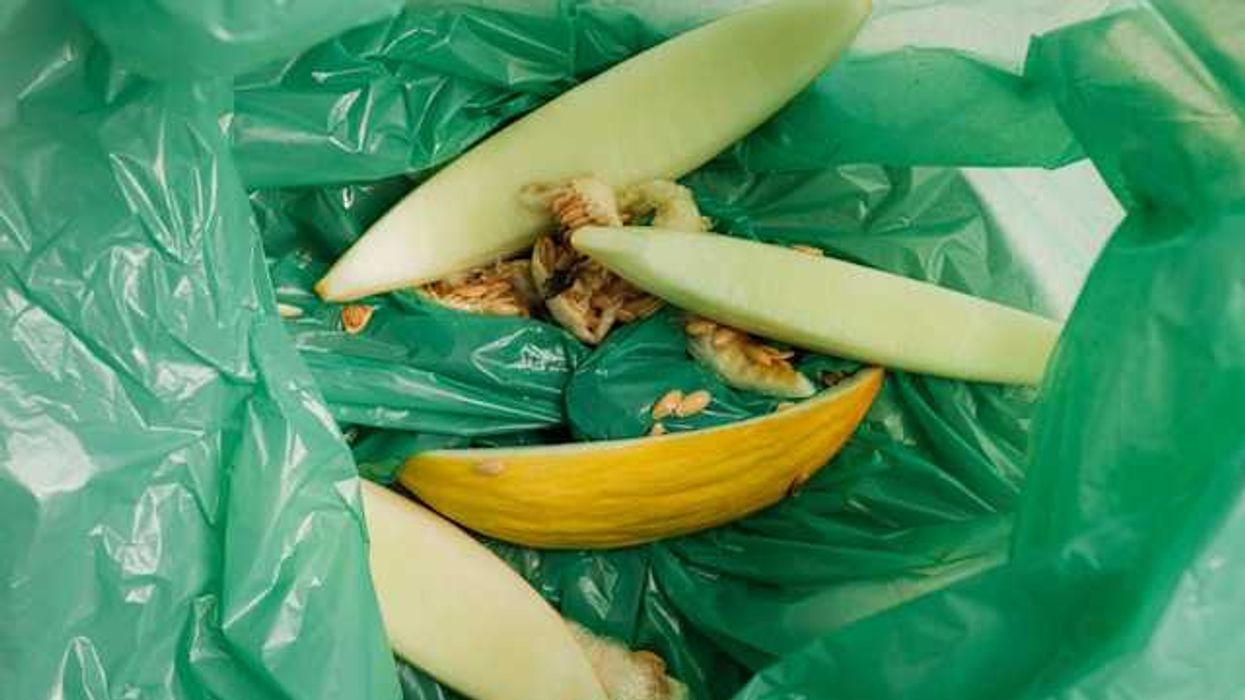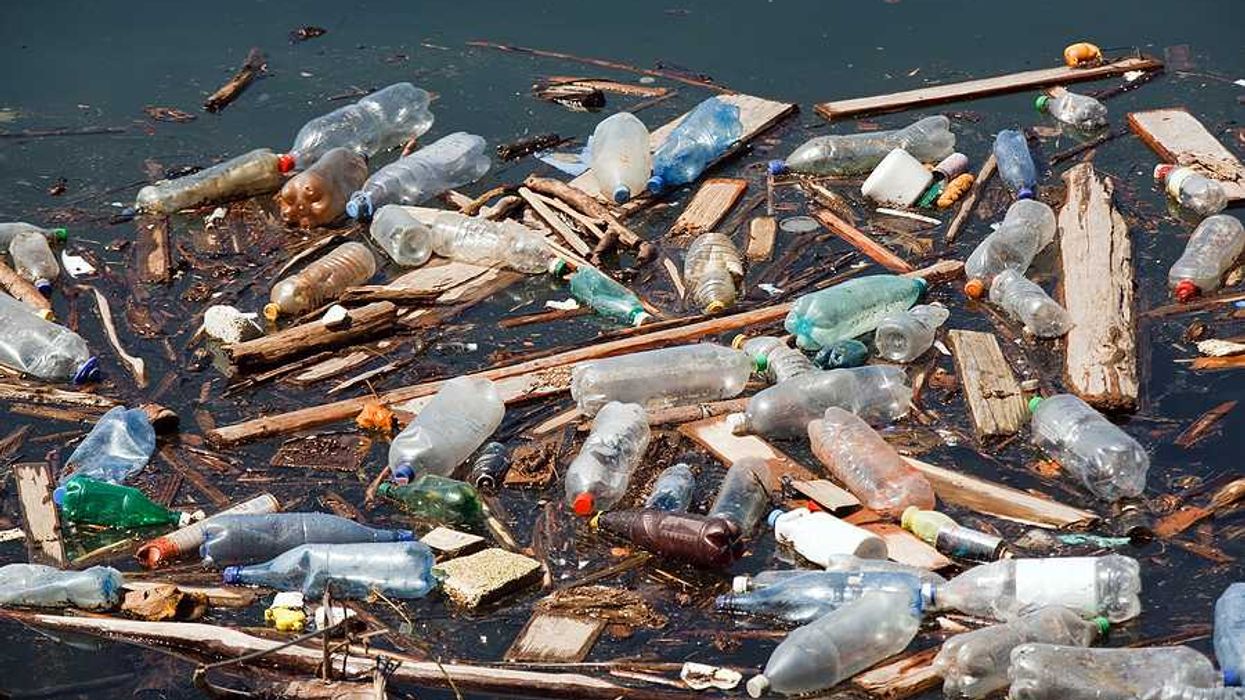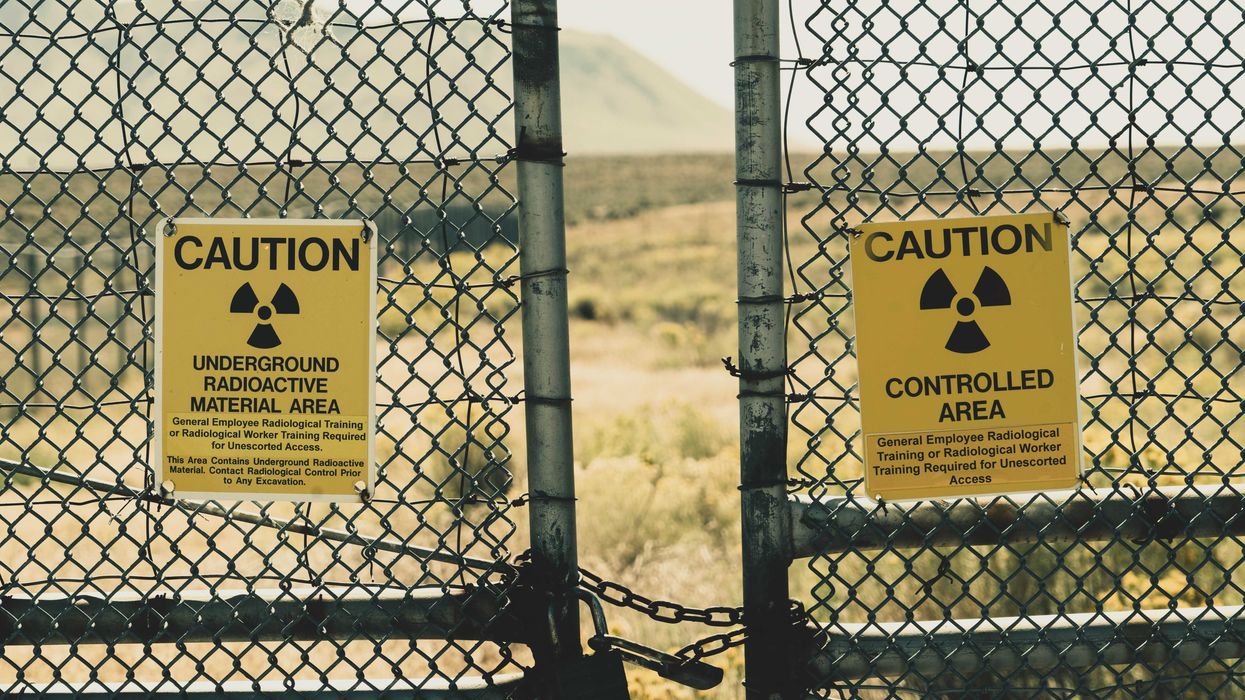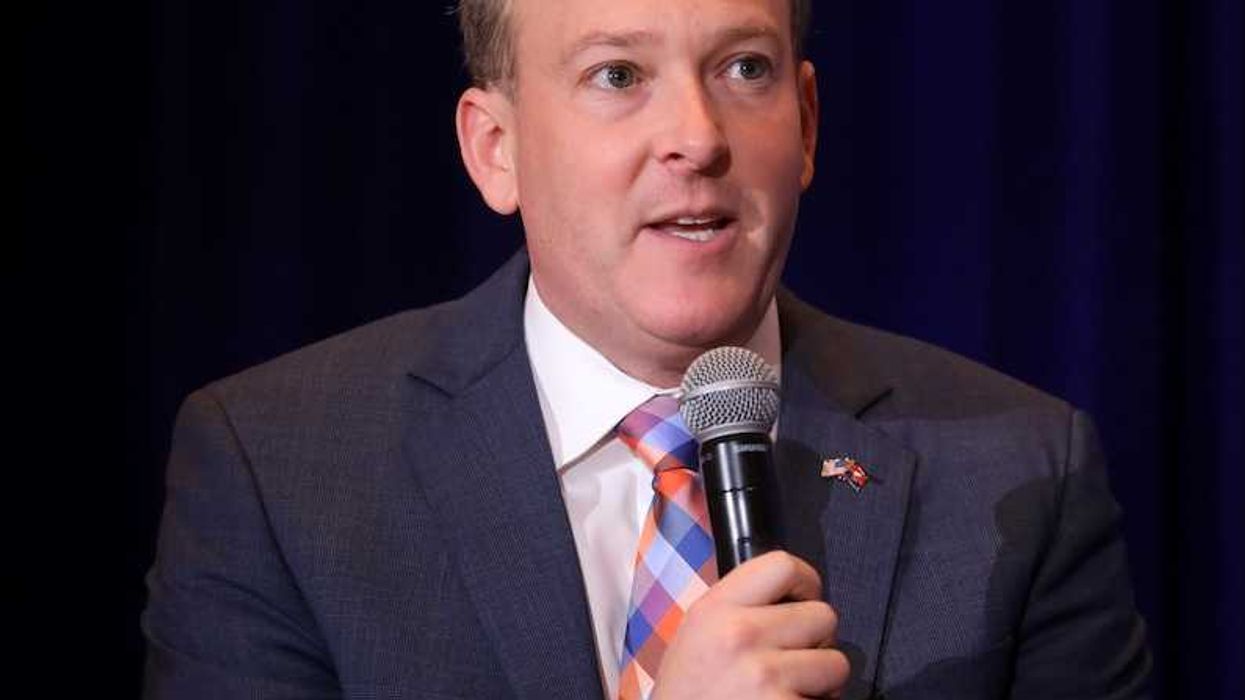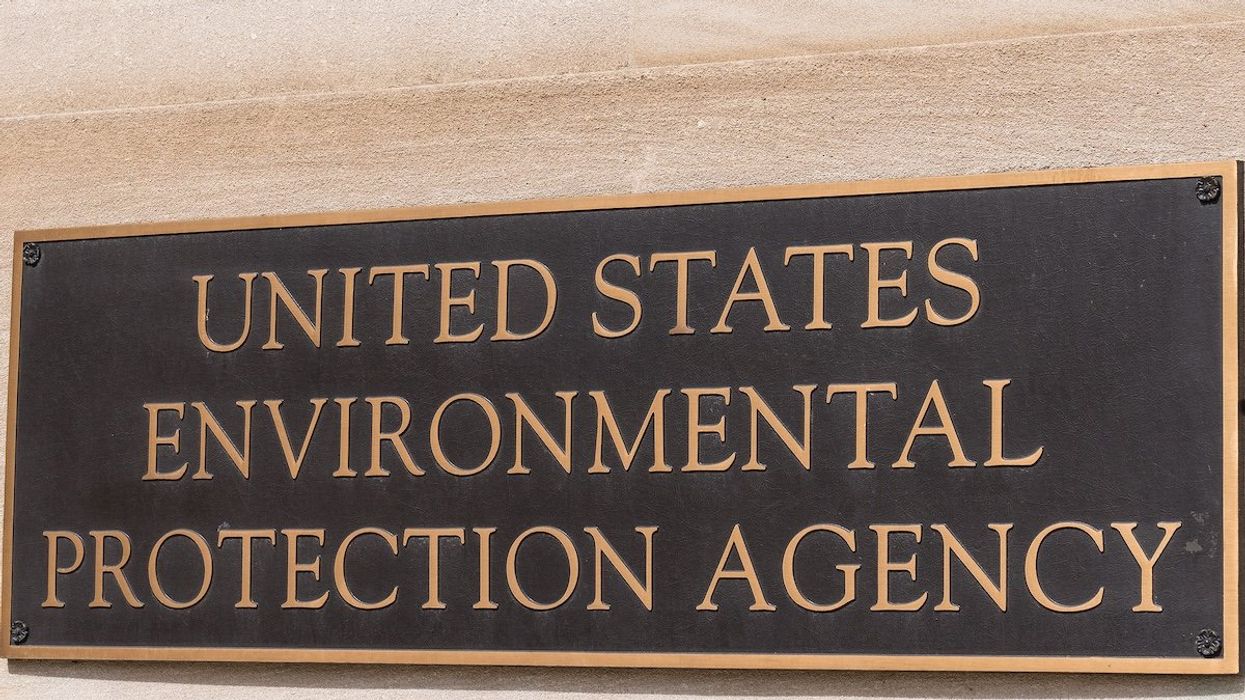A federal probe tied tainted lettuce to nearly 90 E. coli cases and one death, but the grower’s identity was withheld and public warnings never issued under the Trump administration.
Stephanie Armour reports for The Washington Post.
In short:
- A fall 2024 E. coli outbreak sickened nearly 90 people in 15 states and killed one person, but federal officials never alerted the public or named the lettuce grower responsible.
- Amid broader staffing cuts at federal agencies like the Food and Drug Administration, the Trump administration scaled back food safety inspections, paused a key food-testing program, and reassigned the Justice Department unit responsible for prosecuting contaminated food cases.
- Consumer advocates warn that these changes, along with shifting more inspection duties to underfunded state agencies, weaken oversight and increase risks to public health.
Key quote:
“Consumers are being notified with delays about important food safety notifications. People can die if there are pathogens like listeria, which can have a 30 percent fatality rate.”
— Susan Mayne, adjunct professor at Yale School of Public Health
Why this matters:
Foodborne pathogens remain a major public health threat in the United States, sickening tens of millions of people each year and killing thousands. While many associate E. coli outbreaks with rare events or foreign imports, most originate from domestic sources like lettuce, poultry, or packaged goods. The U.S. food safety system relies heavily on timely government action — tracking outbreaks, identifying sources, and alerting the public. When officials withhold information or gut oversight systems, the consequences can be deadly, particularly for vulnerable groups like children or the elderly. Scaling back programs that test for pathogens or shrinking the workforce tasked with policing food producers creates blind spots in a system already stretched thin. As pathogens evolve and supply chains grow more complex, even brief regulatory lapses can cascade into national health crises.
Related: Closure of Georgia water science center threatens clean water oversight and public health alerts


